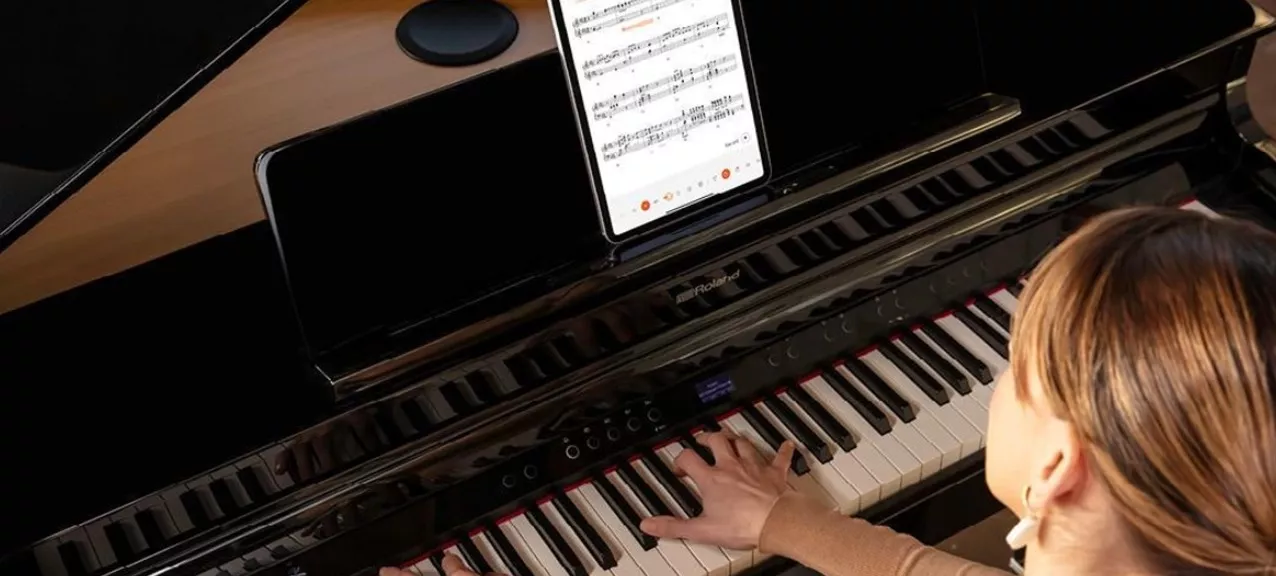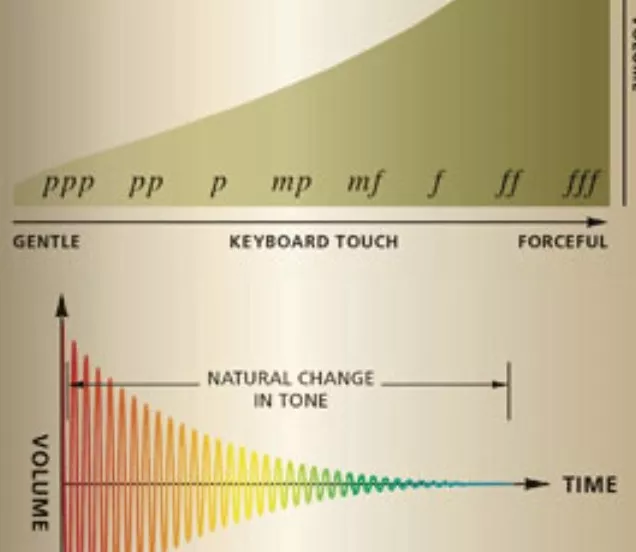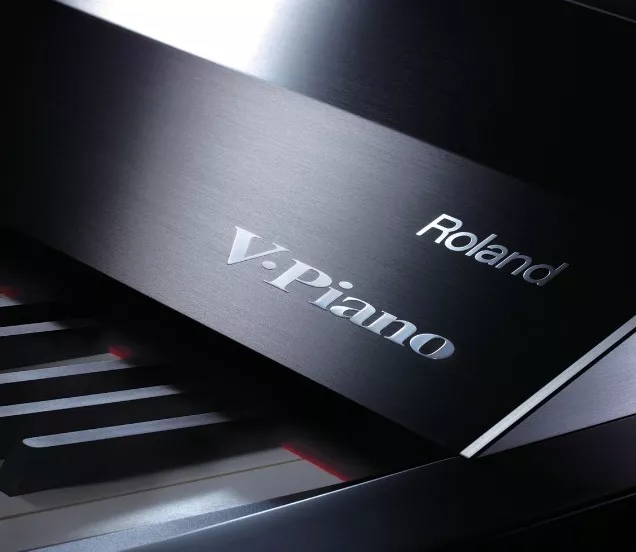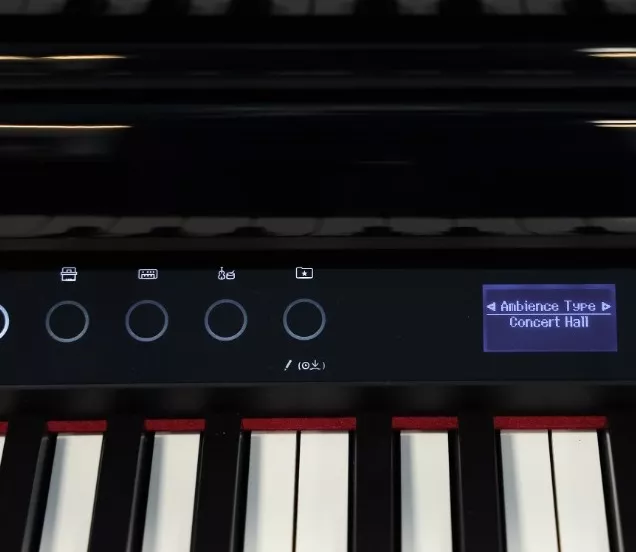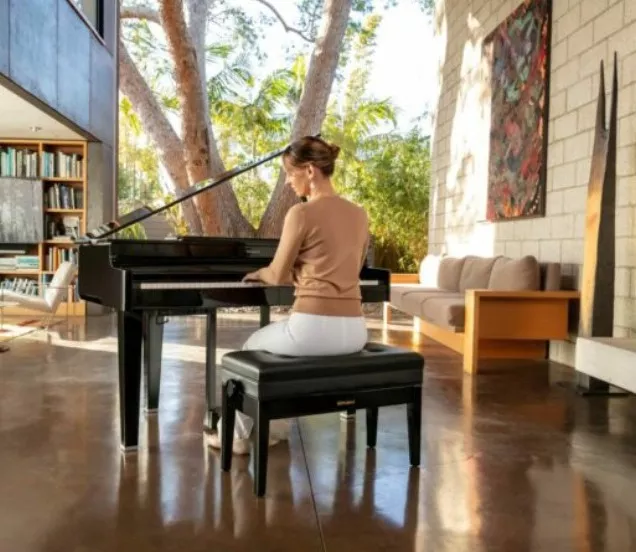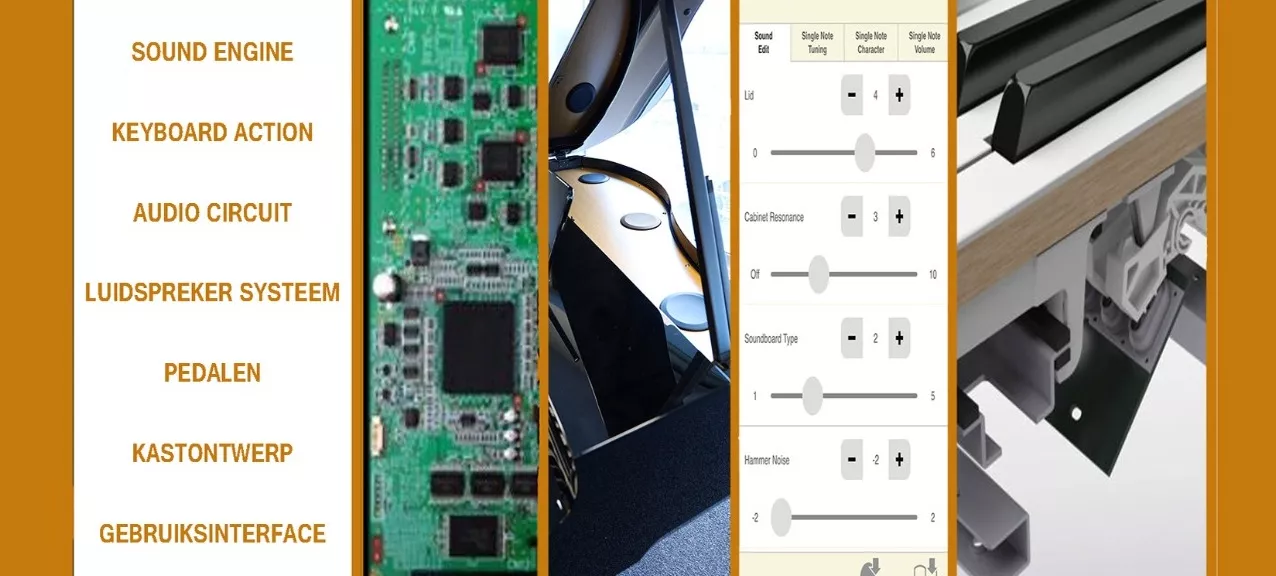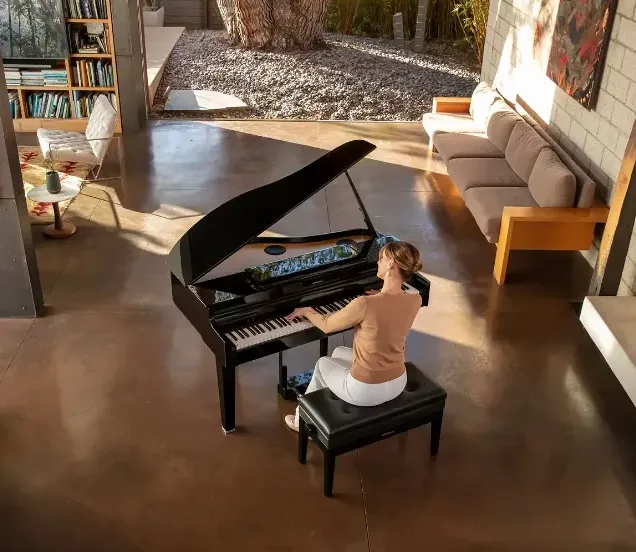All digital piano manufacturers have chosen to produce digital pianos based on the sampling technique since the 1980s. Each brand used a different name, such as "Harmonic Imaging," "Wave Synthesis" or "Advanced Wave Memory" but the basis was always the same. Simply put, sampling technology uses microphones to make short recordings of acoustic pianos (called "samples") for playback in a digital piano. More expensive digital pianos had 88-note samples (meaning that the manufacturer made recordings of every note on the acoustic piano), while less expensive instruments made samples every 4-5 notes, and then software transposed them to complete the keyboard in this way, which introduced artifacts.
As technology (and the memory required) improved, manufacturers added more samples to the mix to capture tonal changes within the piano as keys were played with more force, as pedals were used and, as more notes mixed during performance. It seemed that sampling was the way of the future....

